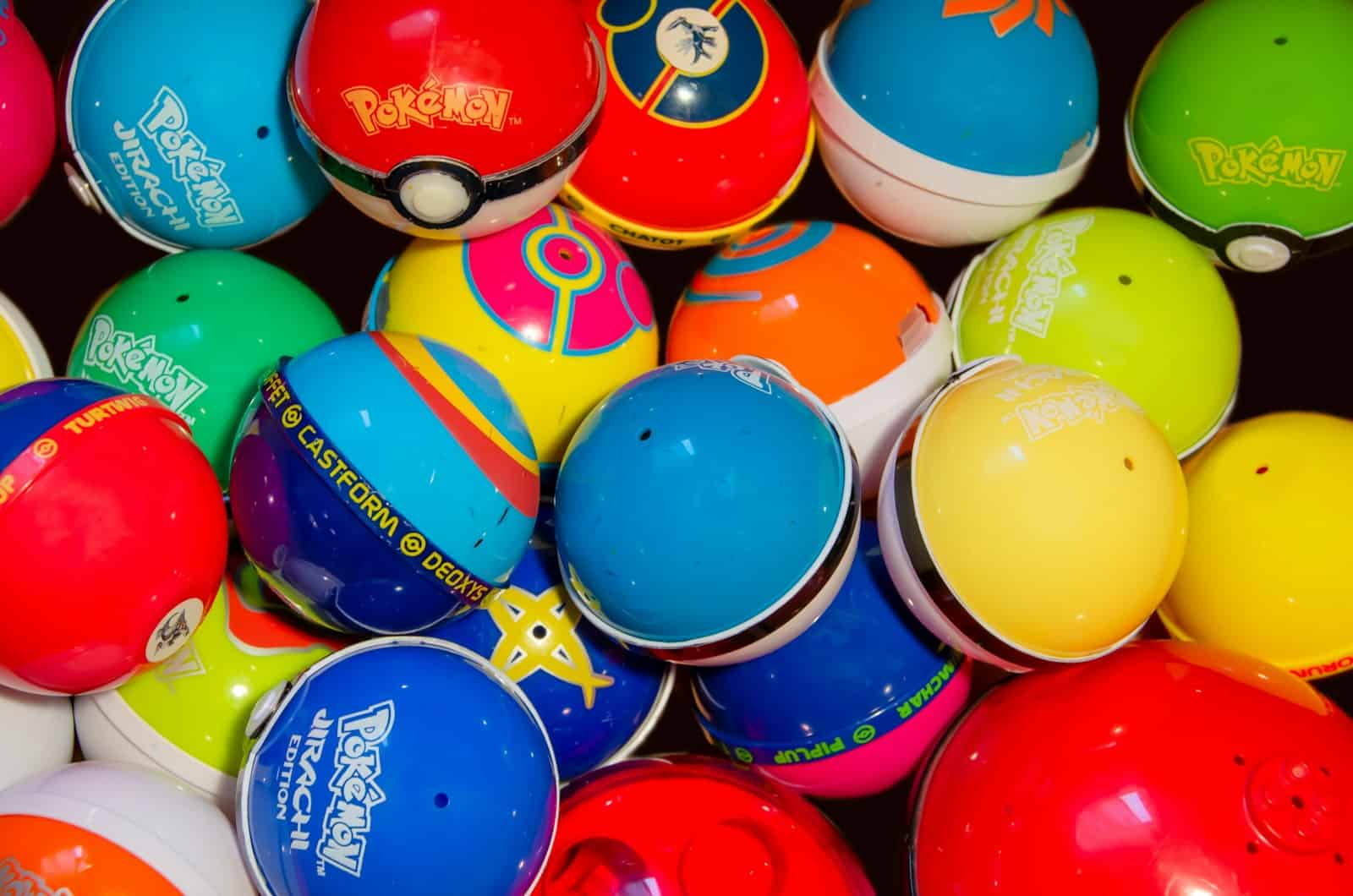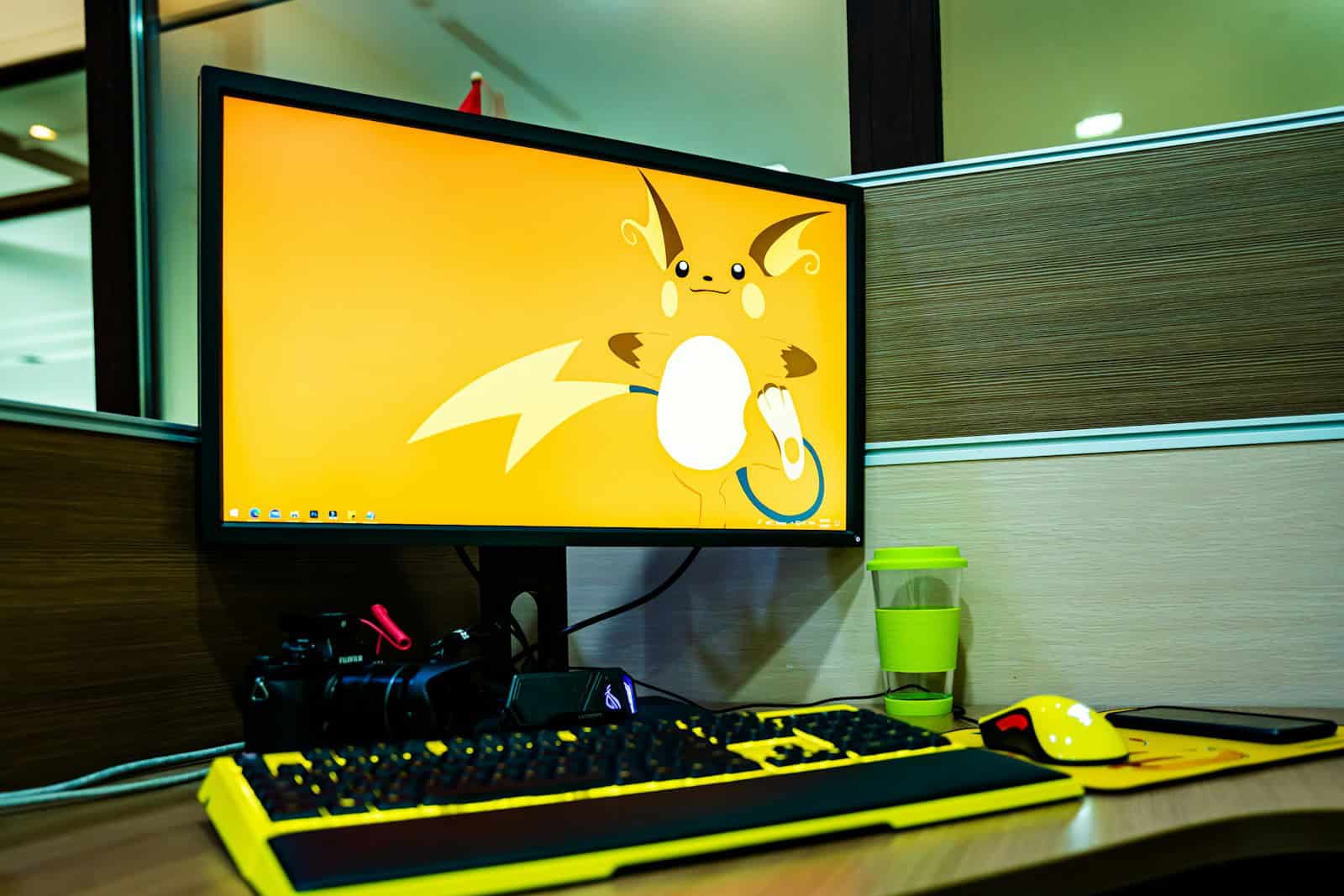Since its debut in 1996, Pokémon has captured the hearts of fans worldwide. The franchise is split into different generations, each bringing new Pokémon, regions, and game mechanics to explore. From the humble beginnings in Kanto to the sprawling landscapes of Paldea, the Pokémon franchise has evolved significantly over nine generations, captivating trainers of all ages with its charming creatures and immersive worlds.
There are currently nine Pokémon generations, with over 1,000 unique creatures to catch and train. Each generation starts with the release of new main series games. These games introduce a fresh batch of Pokémon and often a new region to explore. Popular Pokémon like Pikachu and Eevee have been part of the franchise since the first generation.
The Pokémon world grows with each new generation. Fans get excited about the new Pokémon, stories, and features that come with each release. From the original 151 Pokémon in Kanto to the latest additions in Paldea, the series keeps evolving and bringing joy to players of all ages.
From Kanto to Paldea: A Journey Through Pokémon Generations
Each Pokémon generation introduced new, innovative gameplay mechanics, and technological advancements, enriching the Pokémon experience for millions of fans worldwide. This comprehensive guide explores the key features and highlights of each Pokémon generation, providing a nostalgic journey through the franchise’s rich history and a glimpse into its exciting future.
Generation I (1996-1998): The Kanto Region
- The original 151 Pokémon were introduced.
- Key games: Pokémon Red, Green, Blue, and Yellow.
- Introduced iconic starters like Charmander, Squirtle, and Bulbasaur.
Generation II (1999-2002): The Johto Region
- Added 100 new Pokémon, bringing the total to 251.
- Key games: Pokémon Gold, Silver, and Crystal.
- Introduced new features like breeding and day/night cycles.
Generation III (2002-2006): The Hoenn Region
- Introduced 135 new Pokémon, for a total of 386.
- Key games: Pokémon Ruby, Sapphire, Emerald, FireRed, and LeafGreen.
- Brought significant graphical enhancements and new battle mechanics like double battles.
Generation IV (2006-2010): The Sinnoh Region
- Added 107 new Pokémon, reaching a total of 493.
- Key games: Pokémon Diamond, Pearl, Platinum, HeartGold, and SoulSilver.
- Further refined graphics and introduced online features like trading and battling.
Generation V (2010-2013): The Unova Region
- A significant leap with 156 new Pokémon, totaling 649.
- Key games: Pokémon Black, White, Black 2, and White 2.
- Introduced triple battles, rotation battles, and the Dream World.
Generation VI (2013-2016): The Kalos Region
- Introduced 72 new Pokémon, bringing the total to 721.
- Key games: Pokémon X, Y, Omega Ruby, and Alpha Sapphire.
- Marked the transition to 3D graphics and introduced Mega Evolutions.
Generation VII (2016-2019): The Alola Region
- Added 88 new Pokémon, reaching 809.
- Key games: Pokémon Sun, Moon, Ultra Sun, Ultra Moon, Let’s Go, Pikachu!, and Let’s Go, Eevee!.
- Introduced regional variants, Z-Moves, and new battle formats.
Generation VIII (2019-2022): The Galar Region
- 96 new Pokémon joined the roster, making a total of 905.
- Key games: Pokémon Sword, Shield, Brilliant Diamond, Shining Pearl, and Legends: Arceus.
- Introduced the Wild Area, Dynamax and Gigantamax battles, and new Pokémon forms.
Generation IX (2022-Present): The Paldea Region
- The latest generation with 103 new Pokémon, bringing the grand total to 1010.
- Key games: Pokémon Scarlet and Violet.
- Introduced the open-world concept, Terastal phenomenon, and new Paradox Pokémon

Pokémon Generations at a Glance
| Generation | Years | Region | New Pokémon | Total Pokémon | Key Games |
|---|---|---|---|---|---|
| I | 1996-1998 | Kanto | 151 | 151 | Red, Green, Blue, Yellow |
| II | 1999-2002 | Johto | 100 | 251 | Gold, Silver, Crystal |
| III | 2002-2006 | Hoenn | 135 | 386 | Ruby, Sapphire, Emerald, FireRed, LeafGreen |
| IV | 2006-2010 | Sinnoh | 107 | 493 | Diamond, Pearl, Platinum, HeartGold, SoulSilver |
| V | 2010-2013 | Unova | 156 | 649 | Black, White, Black 2, White 2 |
| VI | 2013-2016 | Kalos | 72 | 721 | X, Y, Omega Ruby, Alpha Sapphire |
| VII | 2016-2019 | Alola | 88 | 809 | Sun, Moon, Ultra Sun, Ultra Moon, Let’s Go, Pikachu!, Let’s Go, Eevee! |
| VIII | 2019-2022 | Galar | 96 | 905 | Sword, Shield, Brilliant Diamond, Shining Pearl, Legends: Arceus |
| IX | 2022-Present | Paldea | 103 | 1010 | Scarlet, Violet |
Key Takeaways
- Pokémon generations introduce new creatures, regions, and game features
- There are nine generations so far, with over 1,000 Pokémon to collect
- Each generation brings fresh experiences while keeping fan-favorite Pokémon
History and Evolution of Pokémon Generations
Pokémon has grown from a simple game to a global phenomenon. The series has added new creatures and regions over time. Let’s look at how it all started and grew.
The Origin of Pokémon – Generation I
Pokémon began with Generation I in 1996. It introduced 151 creatures in the Kanto region. Players could choose Bulbasaur, Charmander, or Squirtle as their first partner.
These games set up the core ideas of Pokémon. Players catch monsters and train them to battle. Many Pokémon can evolve into stronger forms.
Some standout Pokémon from this era include:
- Pikachu: The series mascot
- Mewtwo: A powerful legendary Pokémon
The first games were Red and Green in Japan. They later came out as Red and Blue worldwide.
Expanding the Universe – Generation II to IV
Generation II added 100 new Pokémon in the Johto region. It brought new types like Dark and Steel. Breeding was introduced, letting players hatch new Pokémon.
Generation III moved to the Game Boy Advance. It had 135 new Pokémon in Hoenn. Double battles were added, letting two Pokémon fight at once.
Generation IV came to the Nintendo DS. It brought 107 new Pokémon and the Sinnoh region. Online play became a big part of the games.
New legendary Pokémon like Rayquaza and Dialga appeared. These powerful creatures often play key roles in each game’s story.
Pokémon Generational Mechanics and Features
Each generation of Pokémon games brings new gameplay elements. These changes keep the series fresh and exciting for players.
Gameplay Mechanics Introduced in Generations V to VIII
Generation V added new battle types. Triple Battles let trainers use three Pokémon at once. Rotation Battles had players switch between three active Pokémon. The Dream World feature let players catch special Pokémon.
Generation VI brought Mega Evolution. This let some Pokémon transform into stronger forms during battle. It also added Fairy-type Pokémon and Sky Battles.
Generation VII introduced Z-Moves. These were powerful attacks that could only be used once per battle. It also added regional forms of older Pokémon.
Generation VIII added Dynamaxing. This made Pokémon grow huge and super strong for three turns. The Wild Area let players explore an open world with free camera control.
New Pokémon joined the roster in each gen:
- Gen V: Victini, Reshiram, Zekrom, Kyurem
- Gen VI: New Fairy-types in Kalos
- Gen VII: Alolan forms in Alola
- Gen VIII: Dynamax forms in Galar
Day and night cycles affect gameplay in most generations. Some Pokémon only appear at certain times.
Frequently Asked Questions
Pokémon generations have evolved over time. Each new generation brings fresh Pokémon, regions, and gameplay features. Let’s look at some common questions about these generations.
What is the correct sequence of Pokémon generations?
The Pokémon generations go from I to IX. Generation I started with Red and Blue. The newest is Generation IX with Scarlet and Violet. Each new set adds more Pokémon and places to explore.
How can one identify the various Pokémon generations?
Each generation has its own group of games. They also have new Pokémon and regions. The art style and game features change too. Pokémon Generations often show these changes in short videos.
Which Pokémon start each generation?
Starter Pokémon mark the start of each generation. For example, Charmander, Squirtle, and Bulbasaur began Generation I. Each new set has three new starters to pick from.
Is there a comprehensive list of all the cards included in Pokémon Generations?
Yes, there are lists of Pokémon Generations cards. These lists show all the cards from that set. They include regular cards and rare ones too. Fans and collectors use these lists to track their progress.
What are the notable differences between each Pokémon generation?
Each Pokémon generation brings big changes. New types of Pokémon appear. Game mechanics often change. The stories and regions are always different. Graphics improve with each new set of games.
How has the Pokémon franchise expanded in terms of generations over the years?
Pokémon has grown a lot since it began. It started with 151 Pokémon in Generation I. Now there are over 1000 Pokémon across nine generations. The games have moved from simple 2D to 3D open worlds. New features like online play and mega evolutions have been added too.






